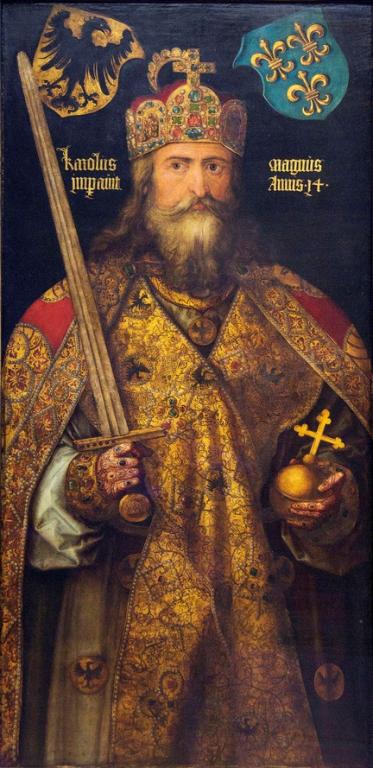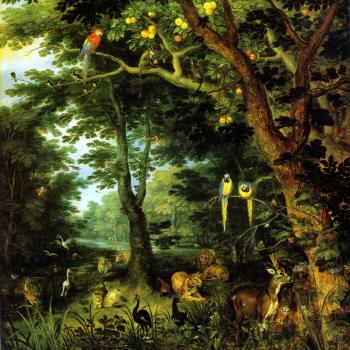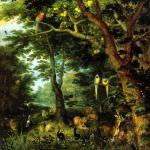
Just for the heck of it, I’ve lately been reading H.A.L. Fisher’s work A History of Europe, vol. 1, From the Earliest Times to 1713. Fisher had been a member of Parliament, a British cabinet minister under the prime ministership of his close friend David Lloyd George, and, after the end of World War One, a delegate for two years to the League of Nations. In 1926, though, he became the warden of New College, Oxford, where he found the leisure to write his History of Europe, which was published in 1935.
Fisher is prodigiously learned and prodigiously opinionated, and it’s fun to read a historian whose attitudes aren’t always politically correct. He wrote while the British Empire was still intact, while England was still very Anglican, while the Roman Catholic Church was still decades away from the reforming Second Vatican Council, and with the benefit of an old-style English classical education. He doesn’t pretend to pure objectivity. He speaks unabashedly of the supposed ethnic characteristics of Germanic and Celtic and Semitic and Greek and Latin and other “races’ in a way that would embarrass most of us today — although, it must be said, he occasionally takes swipes at the “racial madness” that he sees taking root in contemporary Germany. (He died in 1940.)
Here’s a sample, from page 106 of his chapter on “The Frankish Empire,” which focuses (among other things) on the Carolingian dynasty, and most notably on Charles Martel and his grandson Charlemagne:
“It is part of the wisdom of the Roman Church to accept what it cannot prevent. It accepts and subordinates to its system the ineradicable polytheism of Mediterranean man. The pagan genius became the Christian angel, the pagan Isis the Christian Madonna, the pagan hero became the Christian saint, the pagan festival the Christian feast. And while canonizing this deep-seated popular craving for spiritual helpers and mediators, the Roman Church also welcomed the material modes, be they low or lofty, in which expression was sought to be given to these needs. It accepted statues and paintings, the worship of relics and the pilgrimage to shrines in which relics were placed. In the general debasement of mind and morals which characterized the seventh century this material or superstitious side of the Christian religion was greatly developed.”
Posted from Waikoloa, Hawaii












